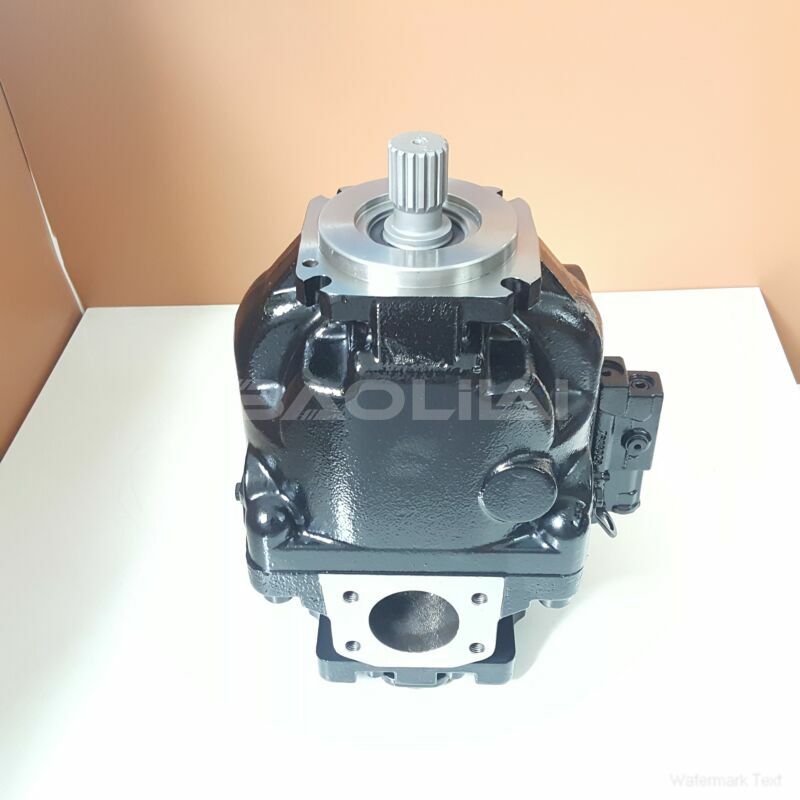ERR100BLS2520NNN3K5BPA1NAAANNNNNN piston pump
ERR100BLS2520NNN3K5BPA1NAAANNNNNN piston pump

- Product Details
- Applicable Scene
Cavitation is a critical issue that can severely impact the performance and longevity of hydraulic pumps in oil and gas systems. Understanding how to troubleshoot and mitigate cavitation is essential to maintaining operational efficiency and preventing costly repairs. This article will guide you through identifying the causes of cavitation, symptoms to look for, and effective troubleshooting steps.
ER-R-100B-LS-25-20-NN-N-3-K5BP-A1N-AAA-NNN-NNN
ERR100BLS2520NNN3K5BPA1NAAANNNNNN
Cavitation occurs when the pressure in a hydraulic fluid drops below its vapor pressure, leading to the formation of vapor bubbles. As these bubbles travel with the fluid and subsequently collapse, they can cause significant damage to pump components, including erosion and vibration issues.

83037385
Identifying Cavitation
The first step in troubleshooting cavitation is recognizing its symptoms. Common indicators include:
Increased Noise: A hydraulic pump experiencing cavitation often produces a distinctive rattling or grinding noise due to the collapsing bubbles.
Vibration: Excessive vibration may be observed in the pump, indicating erratic fluid flow and the presence of cavitation.
Decreased Performance: A drop in flow rate or pressure output can signal cavitation, as the formation of vapor bubbles disrupts consistent fluid movement.
Unusual Wear Patterns: Inspecting pump components for unusual wear patterns, particularly on impellers and casing, can reveal signs of cavitation damage.
Troubleshooting Steps
When cavitation is suspected, several troubleshooting steps can be taken to diagnose and resolve the issue:





